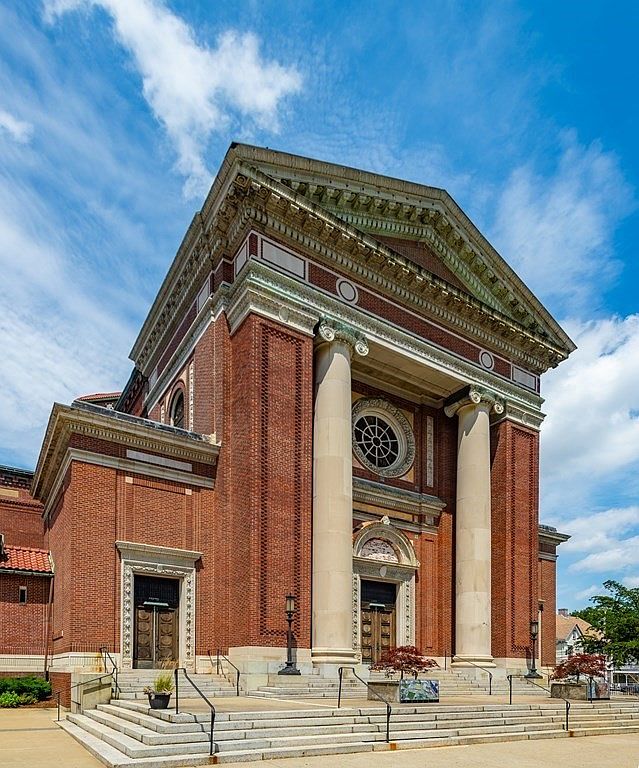- Joined
- Jan 22, 2012
- Messages
- 5,078
- Reaction score
- 1,661
The conversation about Mount Carmel and Notre Dame in Worcester got me thinking about the problem of abandoned churches in general. It's a good discussion because there are a lot of interests and complexities in different cases. Some churches have a lot of architectural value. After a church is desanctified and a diocese or denomination doesn't want to or is unable to care for it, what should happen? This has come up in Boston several times, with residential conversion being particularly popular here.
A read on the topic:
America’s Epidemic of Empty Churches - The Atlantic, 2018 by Jonathan Merritt (Paywalled, I think)
So, is reuse better than tear-down? Should it be left to the market, or does municipal government have a role to play?
A read on the topic:
America’s Epidemic of Empty Churches - The Atlantic, 2018 by Jonathan Merritt (Paywalled, I think)
Excerpt said:Closure and adaptive reuse often seems like the simplest and most responsible path. Many houses of worship sit on prime real estate, often in the center of towns or cities, where inventory is low. Selling the property to the highest bidder is a quick and effective way to cut losses and settle debts. But repurposing a sacred space for secular use has a number of drawbacks. There are zoning issues, price negotiations, and sometimes fierce pushback from the surrounding community and the parish’s former members.
Excerpt said:Converting old churches into residential spaces, like St. Augustine’s and St. Vincent De Paul, is becoming more popular. Churches’ architectural flourishes—open floor plans, exposed brick, vaulted ceilings, and arched windows—often draw buyers of means who are looking for a residential alternative to ubiquitous cookie-cutter developments.
While this type of sacred-to-secular conversion may be a tough pill for former members to swallow, many are even less satisfied with the alternatives. A large number of abandoned churches have become wineries or breweries or bars. Others have been converted into hotels, bed-and-breakfasts, and Airbnbs. A few have been transformed into entertainment venues, such as an indoor playground for children, a laser-tag arena, or a skate park.
Missional Wisdom moved into the bottom 15,000 square feet of White Rock’s building and got to work. It converted the fellowship hall into a co-working space and transformed Sunday school rooms into a workshop for local artisans, including a florist and a stained-glass-window artist. It formed an economic empowerment center, where the group teaches a local population of African refugees language and business skills. And it finished out the space with a yoga studio and a community dance studio. Today, the church building is bustling most days, and the congregation is both covering expenses and generating revenue from its profit-sharing agreement with Missional Wisdom.
Next, the Missional Wisdom team partnered with Bethesda United Methodist Church in Asheville, North Carolina [...] Together, they created a community center called Haw Creek Commons. In addition to co-working space, they retrofitted the building with a textile and woodworking shop, meeting rooms that are used by local business and AA groups, a retreat space that can sleep up to nine, and a commercial kitchen in the basement for local bakers and chefs. Outside, Missional Wisdom constructed a community garden, food forest, beehives for the Haw Creek Bee Club, a greenhouse, and a playground for the children who attend the school next door.
So, is reuse better than tear-down? Should it be left to the market, or does municipal government have a role to play?








